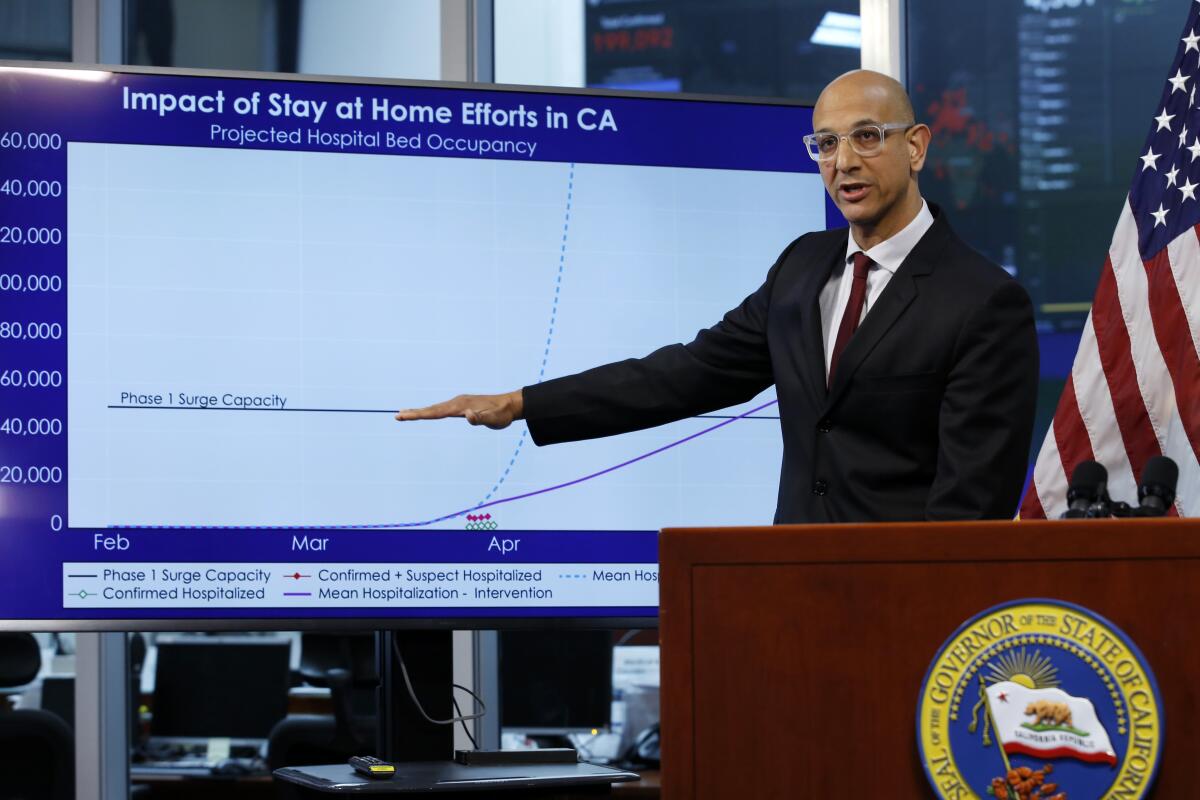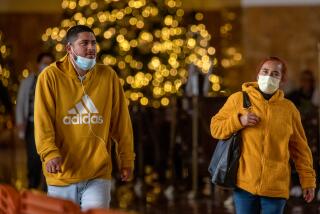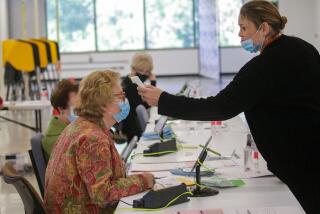Elevated COVID-19 case rate pushes San Diego County ever closer to the purple tier

A second purple score next week would cause region to fall into stateâs most-restrictive reopening tier
SAN DIEGO â An out-of-bounds score in the stateâs weekly reopening report creates the possibility that San Diego County could fall to the most-restrictive tier in the COVID-19 ranking system next week.
Released by the California Health and Human Services Agency on Wednesday, the weekly scorecard lists San Diego County with 7.4 coronavirus cases per 100,000 residents. That number is slightly greater than the limit of 7, the demarcation between the red and purple tiers of the stateâs COVID-19 risk-ranking system.
San Diego County is in the second-most restrictive â red â tier, where it has been since the state introduced the new levels in September. A second case rate score over 7 in next weekâs report would send the region to the purple tier, the most restrictive level, where it would stay for at least two weeks.
County Supervisor Greg Cox said the situation is born of fatigue, plain and simple.
âThe truth is that people are tired of this pandemic and, unfortunately, theyâre letting down their guard, theyâre not wearing their masks, theyâre not maintaining their social distancing, and all the other things weâve been talking about for these last eight months,â Cox said. âFrankly, we need to do better, we need to do a lot better, and we can do better.â
Should the region post another case rate over 7 next week, businesses and other organizations would need to move their operations back outdoors at a time when rain is starting to appear in forecasts and the holidays are on the near horizon.
During her weekly COVID-19 update Wednesday, county Public Health Officer Dr. Wilma Wooten put up a stark list to remind residents of exactly what will change with a second consecutive purple ranking.
Now able to use 25% of their indoor spaces, restaurants, places of worship, movie theaters, museums, zoos and aquariums would have to operate entirely outdoors. Retail establishments and shopping centers not deemed essential would see their indoor capacities slashed from 50% to 25%. Gyms would lose the scant 10% indoor operating space theyâre allowed under the red tier.
Personal services businesses â including barbershops, hair and nail salons, and tattoo parlors â can remain open even if the county falls back to the purple tier.
Of course, thatâs all on paper.
Some business owners have said they will refuse to move backward if ordered to do so, setting up a possibly tense situation between law enforcement agencies and the large number of establishments, most already driven past the breaking point by months of lockdowns.
There are signs that the county is getting more aggressive about preventing the kinds of events where the coronavirus most easily passes from person to person. On Friday, Wooten issued eight cease-and-desist orders after receiving what she said were fliers advertising Halloween parties planned for private houses, many of them owned by fraternities, in the neighborhoods surrounding the San Diego State University campus.
County officials said Wednesday that they thought the move, combined with increased surveillance of the properties over the weekend, served to keep the events from taking place.
Going forward, Wooten said, residents and business owners can expect more such action when complaints, accompanied by evidence, make their way to the public health department.
âAs we become aware of situations, we will work the process and do our due diligence to educate and to give notice to ensure that businesses, sectors, restaurants or whomever, is following the guidelines,â Wooten said.
Supervisor Nathan Fletcher said he believes that the vast majority of businesses and residents are following public health guidelines. But, he added, the county health department is working with law enforcement agencies in the regionâs 18 different municipalities to take a âfresh look at what proactive steps they may be able to takeâ in enforcing health orders.
âWe want to make sure weâre in the strongest position to step in for those flagrant violators and those blatant violators so that we can try and stop potential superspreading events,â Fletcher said.
Sisson writes for the San Diego Union-Tribune.
More to Read
Sign up for Essential California
The most important California stories and recommendations in your inbox every morning.
You may occasionally receive promotional content from the Los Angeles Times.











